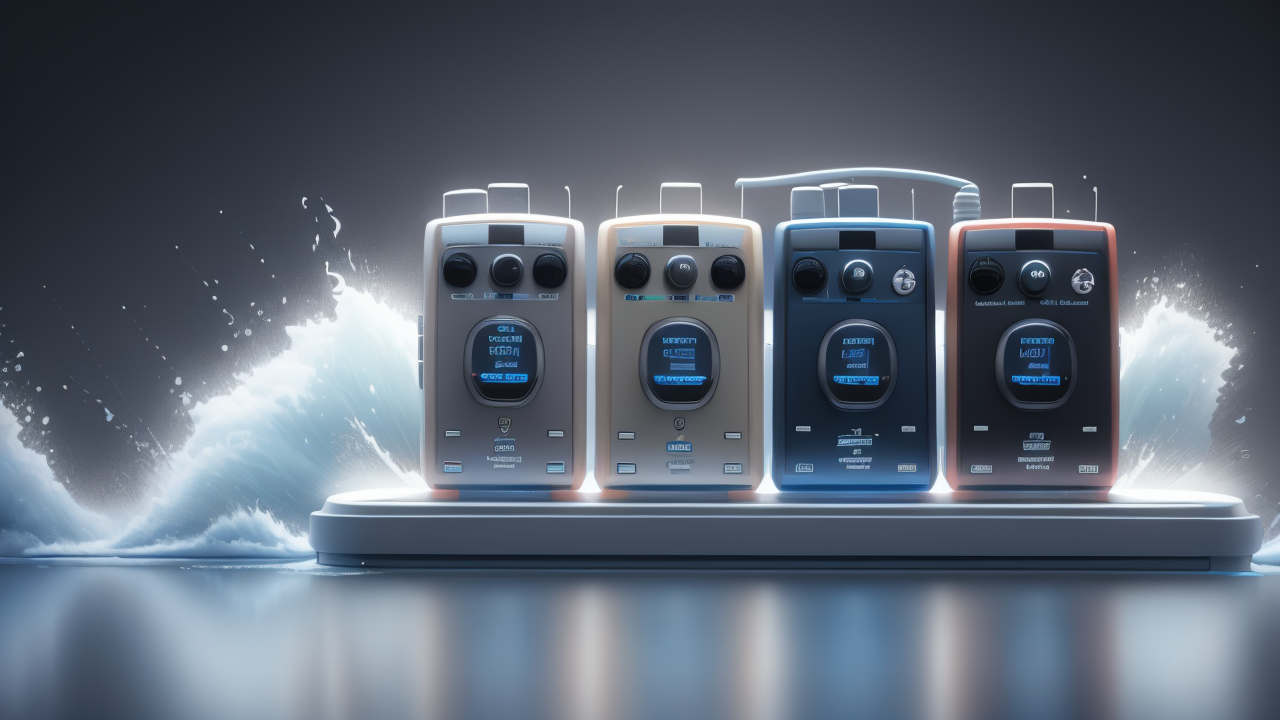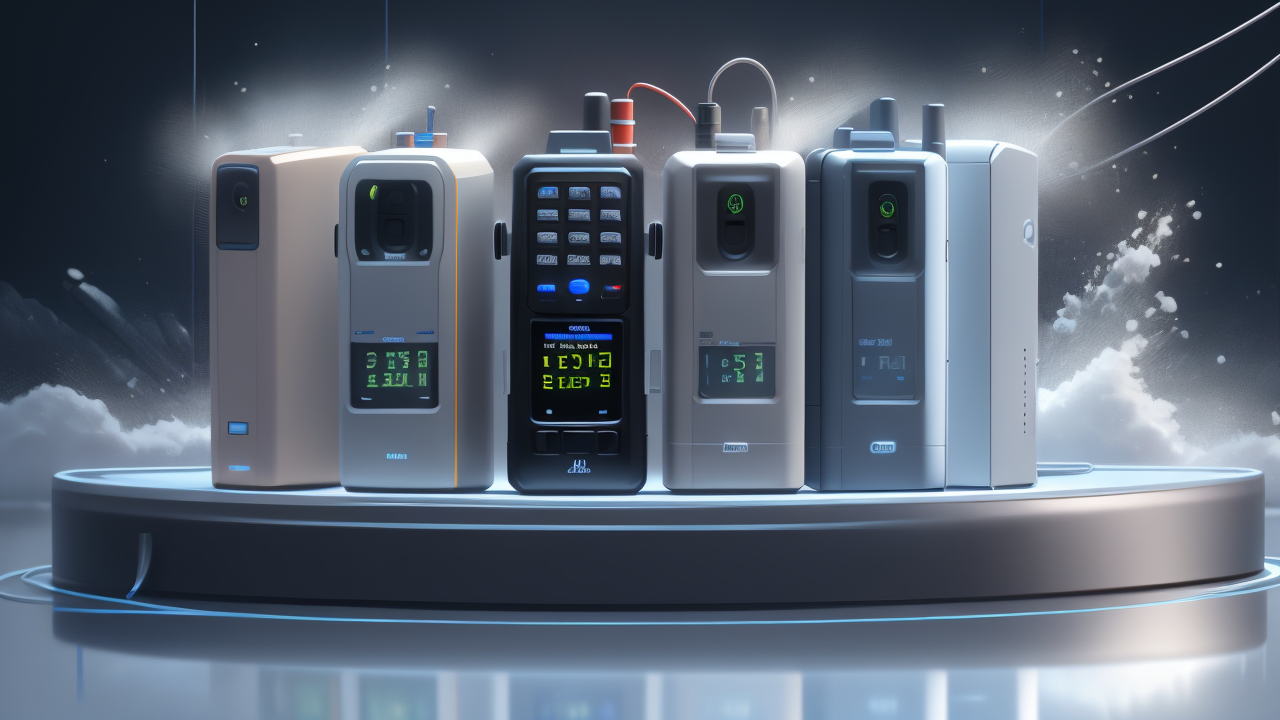Understanding the Differences Between VHF Radios and Handheld Walkie-Talkies
The Technology Behind VHF Radios
VHF radios use Very High Frequency waves for communication. These waves travel in straight lines. They can cover long distances over water. VHF radios are powerful and reliable for marine use. They operate on specific channels for maritime communication. These channels include emergency frequencies. VHF radios can reach coast guard stations and other boats. They are a vital safety tool for vessels at sea.

Handheld Walkie-Talkies: A Primer
Walkie-talkies are portable two-way radios. They use radio waves to send and receive messages. Most marine walkie-talkies use UHF or VHF bands. They are compact and easy to carry. Walkie-talkies have a push-to-talk button for communication. They are battery-powered and can last for hours. These devices are great for short-range communication on boats. They are also useful for crew members working in different parts of a vessel.
Comparative Features of VHF Radios and Walkie-Talkies
VHF radios and walkie-talkies have different features:
- Range: VHF radios have a longer range, up to 60 miles.
- Power: VHF radios are more powerful, typically 25 watts.
- Channels: VHF radios have more marine-specific channels.
- Weather alerts: Many VHF radios include NOAA weather alerts.
- Battery life: Walkie-talkies often have longer battery life.
- Portability: Walkie-talkies are more compact and easier to carry.
- Cost: Walkie-talkies are generally less expensive than VHF radios.
- Licensing: VHF radios may require a license, walkie-talkies usually don't.
Both devices have their place in marine communication. The choice depends on specific needs.
Marine Applications of VHF Radios and Handheld Walkie-Talkies
VHF Radios: A Staple in Maritime Communications
VHF radios are essential for maritime safety and communication. They are used for:

- Distress calls and emergencies
- Communication with coast guard and rescue services
- Weather updates and warnings
- Ship-to-ship and ship-to-shore communication
- Navigation assistance
- Port operations and docking
VHF radios are mandatory on many types of vessels. They provide a reliable link to help in case of emergencies. Their long range makes them vital for offshore communication. VHF radios are also used for routine maritime operations and safety checks.
Handheld Walkie-Talkies: Enhancing Onboard Communications
Walkie-talkies play a crucial role in onboard communication. They are used for:
- Crew coordination during docking and anchoring
- Communication between different decks or cabins
- Safety checks and maintenance operations
- Passenger services on large vessels
- Coordinating water sports and activities
- Emergency backup communication
Walkie-talkies improve efficiency and safety on boats. They allow quick communication without shouting. This is especially useful on larger vessels. Crew members can stay in touch easily. Walkie-talkies are also handy for recreational boating and fishing trips.
The Role of VHF Radios and Walkie-Talkies in Coastal Safety
Both VHF radios and walkie-talkies contribute to coastal safety. VHF radios are crucial for:
- Contacting emergency services
- Receiving weather alerts and warnings
- Communicating with harbors and marinas
- Coordinating with other vessels in the area
Walkie-talkies support safety by:
- Keeping crew members in constant contact
- Facilitating quick responses to onboard emergencies
- Coordinating rescue operations in coastal waters
- Ensuring clear communication during difficult maneuvers
Together, these devices create a comprehensive communication system. They enhance safety for all types of marine activities. From large commercial ships to small pleasure crafts, these tools are invaluable.
Evaluating the Best Marine Communication Devices
Factors to Consider When Choosing a VHF Radio
When selecting a VHF radio, consider these factors:

- Power output: Higher wattage means longer range.
- Channel capacity: More channels offer more communication options.
- GPS integration: This helps in emergencies and navigation.
- DSC (Digital Selective Calling) capability: Enhances safety features.
- Waterproof rating: Important for marine environments.
- Battery life: Longer life is crucial for extended trips.
- Ease of use: Simple controls are important in emergencies.
- Size and mounting options: Consider your boat's available space.
- Additional features: Weather alerts, floating design, noise cancellation.
Choose a VHF radio that meets your specific boating needs. Consider the type and size of your vessel. Think about the areas where you'll be sailing. Safety features should be a top priority.
Handheld Walkie-Talkies: A Buyer's Guide
When buying walkie-talkies for marine use, look for:
- Waterproof or water-resistant design
- Floating capability in case of drops overboard
- Range suitable for your boat size
- Battery life for your typical trip duration
- Rugged construction for marine environments
- Clear audio quality, even in noisy conditions
- Multiple channels for flexibility
- Compact size for easy carrying and storage
- Rechargeable batteries for convenience
Consider how you'll use the walkie-talkies. Do you need them for crew communication? Or for coordinating water sports? Choose models that fit your specific needs and budget.
Integrating VHF Radios and Handheld Walkie-Talkies in a Fleet
For a comprehensive communication system:
- Install a fixed VHF radio as the primary communication device.
- Have handheld VHF radios as backups and for use on smaller boats.
- Use walkie-talkies for crew communication and onboard coordination.
- Ensure all devices are compatible with each other.
- Train all crew members on proper use of both types of devices.
- Establish clear communication protocols for different situations.
- Regularly test and maintain all communication equipment.
- Consider integrating with other onboard systems like GPS and AIS.
By combining VHF radios and walkie-talkies, you create a robust communication network. This ensures safety and efficiency in all marine operations. Regular drills and updates keep the system effective and reliable.


